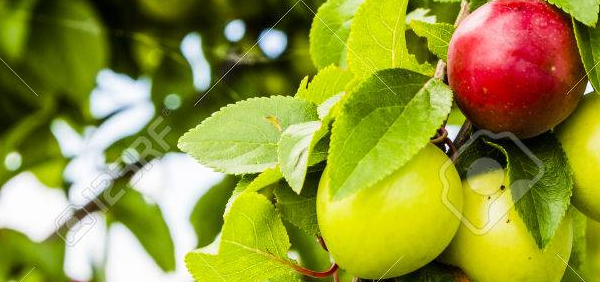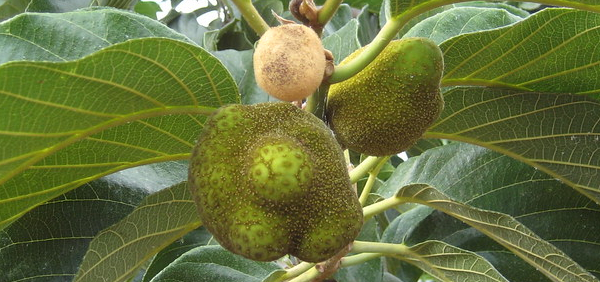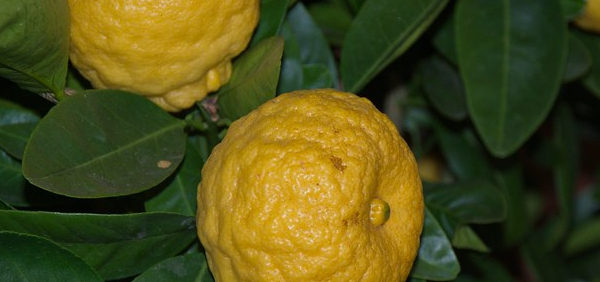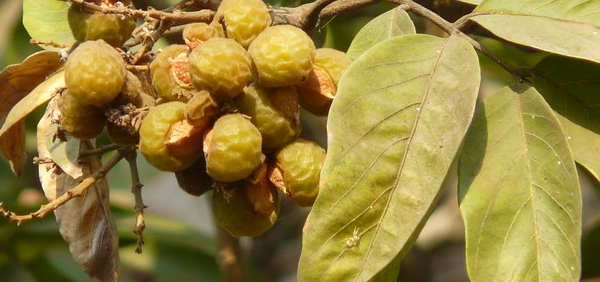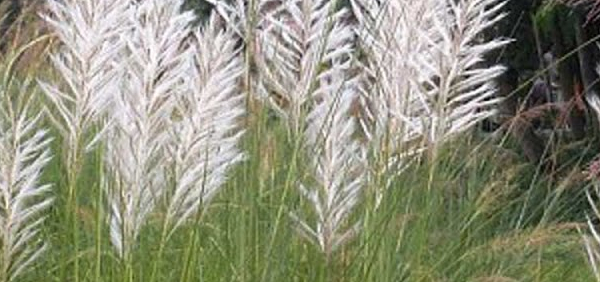krishnacandana :

General Use:
The yellow dye obtained from the wood of Coscinium fenestratum has been used in traditional fabric dyeing in Malaysia (Warrier et al., 1994). Coscinium is an active ingredient of Sri Lanka’s ayurvedic shampoo Apsara Venivel and soap Aspara Calumba wood used to enhance the skin complexion (http://www.dailymirror.lk). It is also used in ayurvedic bath soap, bath oil and shower oil under the trade name Araliya (http://www.araliya.com), in Paspanguwa, an ayurvedic general tea along with Zingiber officinale Rosc., Coriandrum sativum L., Oldenlandia corymbosa L. and Solanum surattense Burm.f. (http://www.drmel.com) and in Samahan, a concentrated, water soluble preparation of selected medicinal plants that belongs to the ancient remedy that assists the immune system known in Sri Lanka as Peyava. Over 3 million sachets are being safely used every month by Sri Lankans and are exported to the UK, USA, Australia, New Zealand, Germany, Switzerland, India, Singapore and the Middle East (http://www.linknaturalproducts.com). The fluorescent property of berberine has been made use for the conservation of world’s oldest document Dunhaung Diamond sutra, obtained from Caves of China, by dyeing these documents with it (http://plant-tc.cfans.umn.edu). Coscinium is used intensively by villagers for the production of medicinal beverages (Gunathilake and Gunathilake, 1980). Swallowing the juice obtained from chewing the roots, before drinking, removes the effects of intoxication (Forman, 1978).
Coscinium is used as a substitute/adulterant for Calumba (Jateorhiza palmata (Lam.) Miers), a climbing plant indigenous to Portuguese East Africa and growing freely in forests near the Zambesi (Nambiar et al., 2000; http://www.ibiblio.org). The dried root is insect resistant (Anonymous, 2001). The fruits are eaten by animals such as orangutans, gibbons and macaques and birds (Anonymous, 2001; Agusta, 2003).
Ethnobotany
Stem pieces are used against rheumatism, jaundice and skin diseases by the Oorali tribes of Idukki district and Kaadar tribes of Thrissur district (Udayan et al., 2005a,b). The traditional healers of Gandai region use the powdered bark in treating eye troubles, both internally as well as externally. Internally it is used in combination with other herbs and externally they prepare a paste by mixing bark with cow milk and apply it. According to them, the external application removes the extra heat from eyes (http://www.botanical.com). In Malaysia, the entire plant is boiled in water to make a tea and stem is used for thinning and yellowing skin (Kulip, 2003). It is also reported to be a constituent of Malayan arrow and dart poison, used by sakais (Caius, 1992).
Therapeutic Uses:
Treatment for:
Tetanus
Wounds
Ulcers
Pains
Fevers
Colds
Skin diseases
Pharmacological:
Anti inflammatory- » Classification and names of krishnacandana
- » Synonyms and definitions of krishnacandana
- » Drug Properties of krishnacandana
- » Chemical Constituents of krishnacandana
- » Standardization of krishnacandana
- » Parts used and Dosage of krishnacandana
- » Morphology and Histology of krishnacandana
- » Distribution and Conservation of krishnacandana
- » Cultivation of krishnacandana
- » krishnacandana in the market
- » Medicinal Uses of krishnacandana
- » Researches and clinical trails of krishnacandana
- » krishnacandana in other sytems of medicine
- » Ayurvedic formulations with krishnacandana
- » Images of krishnacandana




